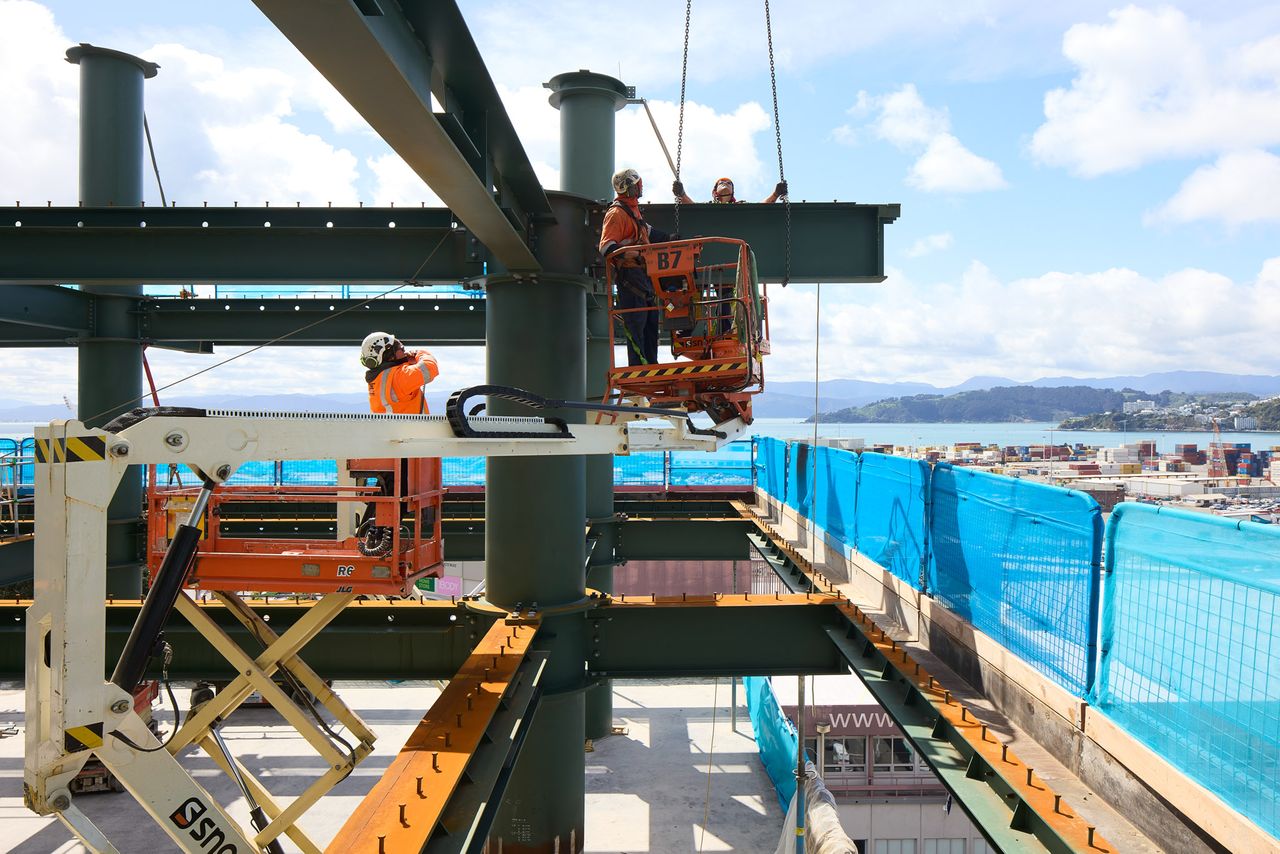News & Insights
Building Better in the Bay

Last week we celebrated the opening of RCP’s new Bay of Plenty office with an evening of discussion on how the region can deliver housing, infrastructure and social infrastructure faster, adopt smarter policy tools and strengthen its voice nationally.
The Bay of Plenty is one of New Zealand’s fastest growing regions. Growth brings opportunity, but it also creates pressure. Housing demand, infrastructure lag, consenting challenges and funding constraints are already clear. At the same time, the Bay has the momentum and ambition to show how delivery can be done differently, and last week’s conversation reinforced several key themes.
Smarter Tools for Delivery
Delivery needs frameworks that give investors, communities and delivery partners confidence. Approaches such as updated funding and financing models, risk-sharing partnerships and procurement structures that reflect the life of assets all help create the certainty required for projects to move ahead.
Practical mechanisms such as public–private partnerships, strategic leasing and market-led proposals are ways to match capital with demand and reduce friction in delivery. As the Parliamentary Under-Secretary for Infrastructure, Simon Court MP, noted on the night, “The tools we are putting in place are designed to give regions and delivery partners the certainty they need to move from planning into delivery with confidence.”
A Regional Voice in National Planning
Rapid growth in the Bay has shown that regional priorities must carry weight in national decision-making. Communities cannot afford to see projects delayed by process or sidelined by competing pressures elsewhere. Consistent pipelines, transparent sequencing of investment and regulatory settings that prioritise outcomes will be vital to sustaining momentum.
The region already understands its future needs with clarity. Transport corridors, housing demand and social infrastructure are well mapped. The challenge is to align this local knowledge with central planning so that investment follows need and opportunities are not lost to delay.




